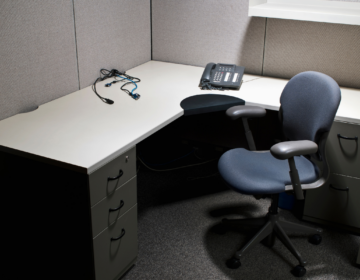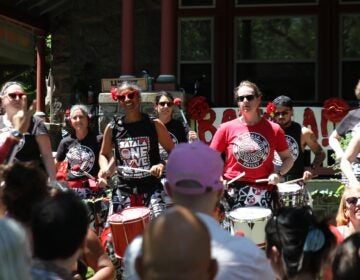Rituals of the business lunch

(NejroN Photo/Big Stock Photo)
Club toting neanderthals, squatting around a carcass, sniffing and grunting and divvying up property, may have been having the precursor of today’s business lunch. Save for the addition of sparkling water or martinis, the rituals haven’t changed to any remarkable extent.
Today’s business lunch can be traced to the rise of the grande bourgeoisie in the 19th century. The gentry, after all, never discussed money: aristocrats, even when stooping to a little well-bred merchantry, would allow no whiff of commerce to intrude upon the mealtime ceremonial.
Traditionally, the business lunch takes place on neutral territory — neither your place or mine. We all feel that there is a psychological advantage to being on our own turf or at least not on the someone else’s. And in the grips of a business deal, no one wants to be on guard against one-upmanship. Moreover, there’s a certain snobbisme, as the French might say, at work here — probably dating from a more leisured era, when footmen served multiple courses at groaning tables, where diners engaged in clever banter and witty exchange.
If you’re lunching with the president of Mammoth Enterprises, you’ll get a high-visibility table in a posh restaurant; whereas, small, intimate meetings require small, intimate venues. the more clandestine business plots are best hatched in the shadier corners of lesser-known establishments.
The critical factor, though, is commensality — from the Latin mensa, or table. So sharing plays a role in this lunching ritual. And so, usually, does the table. Depending upon its shape, a rectangular or square one could denote a pecking order, a round one something more egalitarian.
Of course sometimes the pecking order is established by force of will. A former boss of mine, a person of very commanding demeanor, was always said to sit at the head of the table, even if it was a round one.
Consider seating arrangements as well. Keeping one’s back to the wall in public dates back to a primeval practice of avoiding sudden attack during the deep concentration involved in consuming food. And woe betide those brave souls with their weaker flanks exposed on the other side of the table.
And then there’s procedure. First of all is the scene setting and introductions: The hosts establish their own importance and set a formal tone by introducing guests according to function — executive director of this; manager of that; professor of the other.
In his book “The Naked Ape,” Desmond Morris reminds us that techniques of modern agriculture have left the majority of adult males in our society without a hunting role. Today, the men may have lost a hunting role, and more and more women have found one. Witness the number of female senior executives at major companies who have found a workplace substitute for hunting and gathering. The modern pseudo-hunter speaks of “making a killing” and “bringing home the bacon.”
And the signals surrounding drink at the business lunch require sensitive antennae. These are usually hinted at by the designated host, who may favor Diet Coke or Perrier over martinis. If that’s the case, one can establish purity as well as knowledge by ordering such libations as Campari or Bacardi.
There then begins a wary roundelay of small talk, which is also designed to afford the speaker more power. It may seem egalitarian, but talk of cars — “Guess what they charged for a new muffler on the Mercedes!” — or vacations — “We took the month of February in Guatemala” — are not accidental indications of status.
All of this builds to the meal. No matter how interested participants are in what is being verbally served, everything stops when the food arrives. This leads naturally to a discussion of it: “How’s the carpaccio?” “Best cheesecake in town.” It’s all a prelude to one’s central purpose: the business talk. This is indicated by semiotics — pushing away plates, folding and discarding napkins, taking out smartphones, glancing at watches, frowning, clasping one’s hands, and making okay-let’s-get-on-with-it eye contact.
Then back to the pecking order: Who wins? Who loses? Who pays? And what form does that payment take?
And then, finally, the disengagement — “Let’s do this again soon.” But for those who are, quite literally, out to lunch, who eschew the joys of desktop cuisine, or who view the company cafeteria as a gastronomic wasteland, there are rewards beyond the epicurean. If business is done, and moreover seen to be done, the IRS is your affable host. The business lunch is not only ritual, hunt, and deal, to say nothing of commensal and collaborative — it’s also in most cases deductible. Cheers!
WHYY is your source for fact-based, in-depth journalism and information. As a nonprofit organization, we rely on financial support from readers like you. Please give today.





